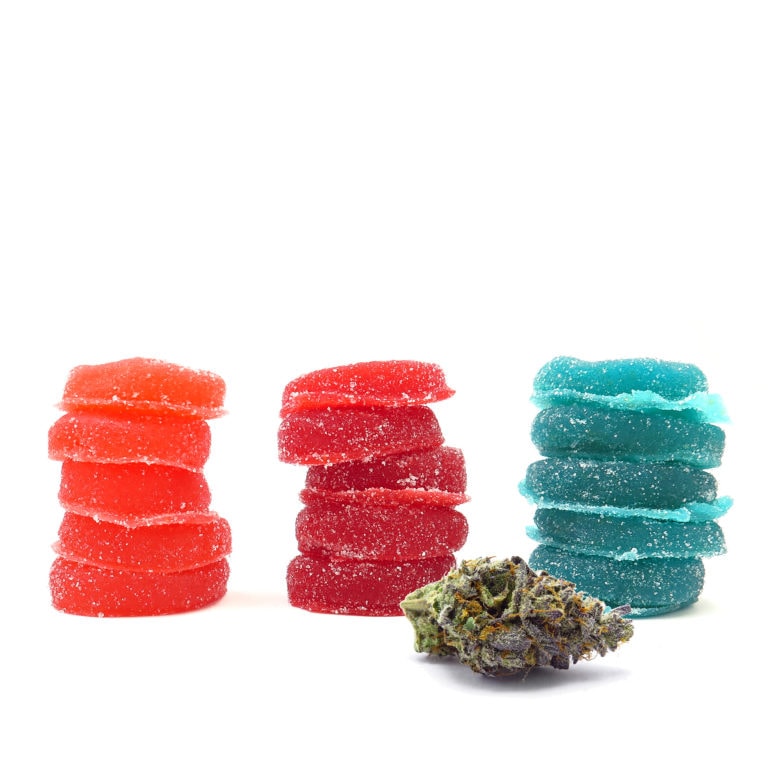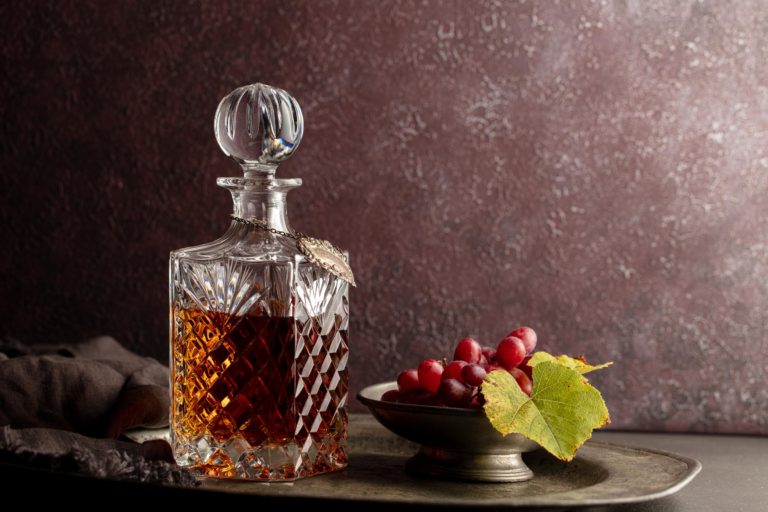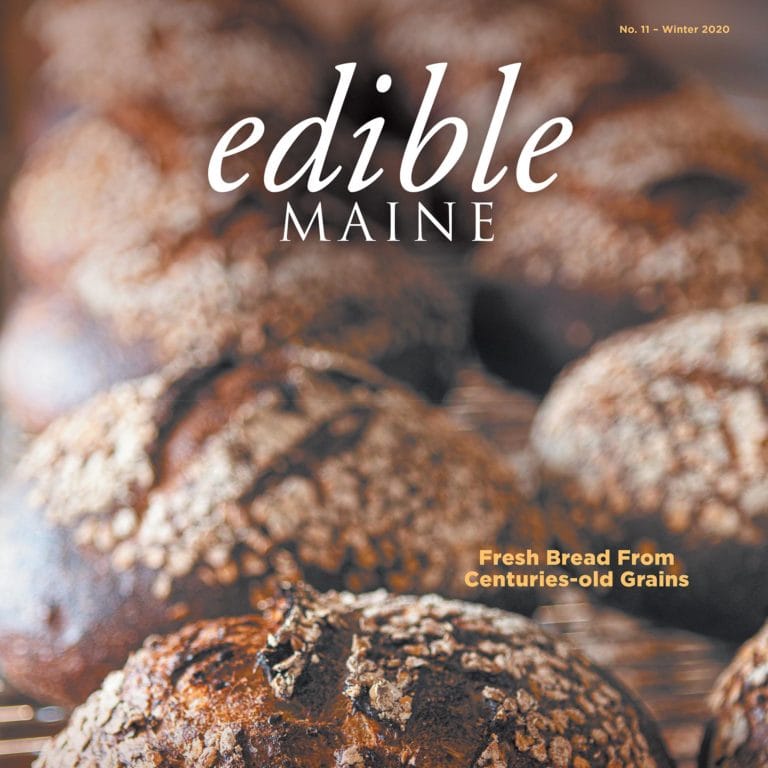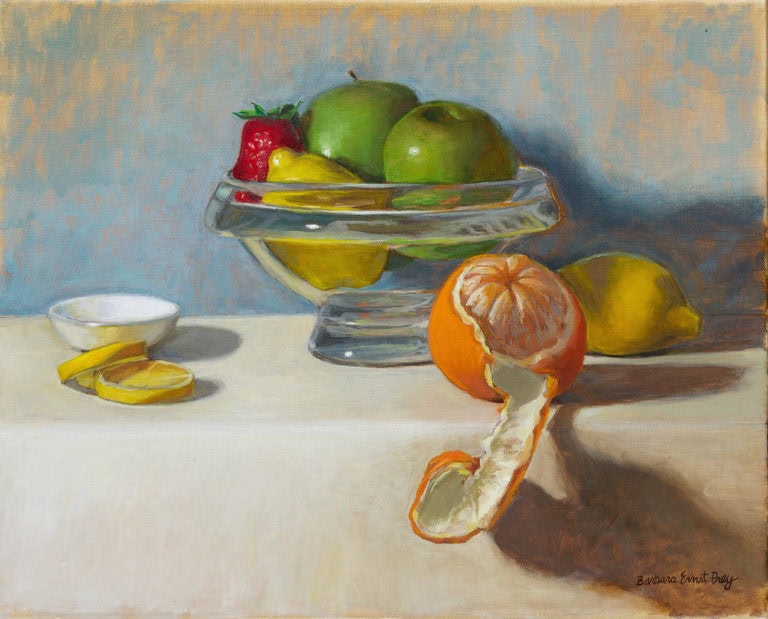Waste not, want not. It’s a basic tenet for sourcing, cooking, and eating sustainably. Here, the edible MAINE staff serves up ways to use up any special ingredient the recipes in this issue may have brought into your kitchen.
ANCHOVIES IN OIL
A 2-ounce tin of anchovies in oil holds between 7 and 10 of these little fish with their big flavor. Using just a few and attempting to refrigerate the rest in the open can is inviting food waste, as the can will likely get pushed to the back of the fridge to fester until you clean it out to find the offending odor. Whip the leftover anchovies into a lemony salad dressing instead and use it wherever you would Caesar dressing.
CREAMY LEMON AND ANCHOVY SALAD DRESSING
Crush a minced garlic clove and 5–6 anchovies into a paste. Stir in a teaspoon each of Dijon mustard and lemon juice and a tablespoon of red wine vinegar. Season with ¼ teaspoon crushed black pepper. Whisk in a raw egg yolk. Keep whisking, while slowly adding 3 tablespoons olive oil and then any oil left in the anchovy tin. Chill and serve within 24 hours.
BITTERS
Bitters—made by infusing a clear spirit with bitter and/or aromatic herbs and spices—can add depth and balance to anything sweet. If you’re making whipped cream to top a spice cake, shake a few drops of cardamom bitters into the cream before whipping it. If you’ve added too much sugar and cream, a few drops of traditional Angostura bitters are a quick fix. Stirred into a milkshake or ice cream soda, bitters with a corresponding flavor profile make both of those treats a bit more grown up.
Editor’s note: A bottle of cocktail bitters is generally 35–45% alcohol, but because most bitters are used in dashes or drops, the amount of alcohol is so small it’s difficult to trace. That’s why they’re often marketed as nonalcoholic, although they are made from alcohol.
SAUTÉED PLANTAINS
Green plantains, bananas’ starchier cousins, are very well suited for savory applications. Seeing as they must be cooked to be consumed, it’s not a big problem to have made too many to fit in the pastelón casserole dish because you can use them to make mofongo, a Caribbean side dish seasoned with garlic and pork rind, crackling, or bacon.
MOFONGO
Take a teaspoon minced garlic and mix it with a pinch of salt to make a paste. Mash a cup of warm fried plantains with ¼ cup cooked pork rind, crackling, or bacon and garlic paste. Press half the mixture into the bottom of a small cereal bowl. Use a spoon to smooth the surface, then turn out the mofongo into a dome-shaped portion on the plate. Repeat the process with the other half of the mofongo. Serve warm.
RASPBERRY GOMME
Gum, sometimes referred to as the French word gomme, is a simple syrup that is thickened slightly with an emulsifier known as gum arabic. The addition gives the syrup a longer shelf life (up to five months refrigerated) and makes the syrup useful in rounding the edges of harsh alcohols or acidic juices. Raspberry gomme can be used anywhere you’d use a raspberry simple syrup: in a Lime Rickey, in a raspberry ice cream soda, or poured over peaches in a melba.
SAZÓN
Sazón seasoning can be purchased premixed in Latin markets like La Bodega Latina Grocery Store on Congress Street in Portland. Its main ingredient is ground annatto (achiote) and it also includes ground coriander, cumin, and oregano. It’s a versatile spice mix that complements everything from fried potatoes and sautéed shrimp to long-simmered pork and roast chicken.
SEEDLIP SPICE 94
Seedlip is a British company that makes a line of nonalcoholic spirits by macerating herbs and botanicals in neutral grain spirit and water, distilling them, then removing the alcohol before blending and bottling. This process makes the flavors very concentrated. The botanicals in Seedlip Spice 94 are allspice, oak, green cardamom, cascarilla, grapefruit, and lemon, so it makes a good substitute in whiskey cocktails like sours or hot toddies. If you’re not into shaking up a mocktail, the company suggests mixing Seedlip Spice 94 with tonic, soda, or ginger ale rather than sipping it neat.














